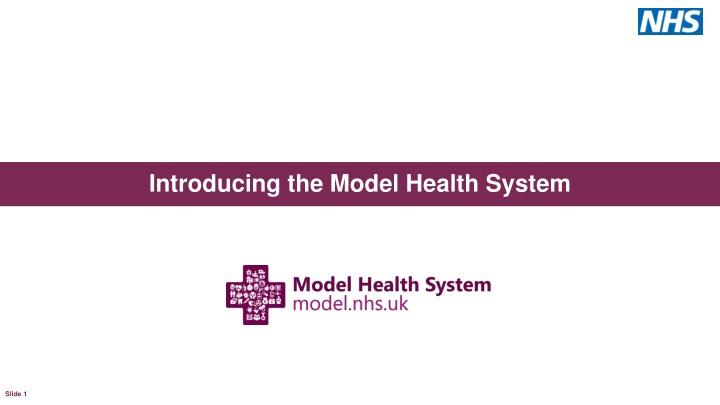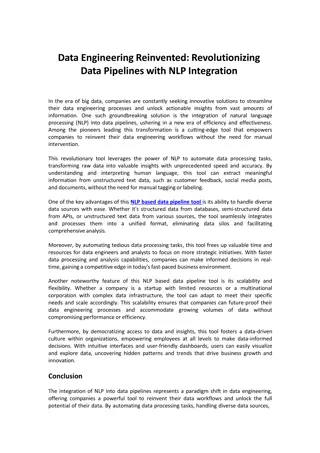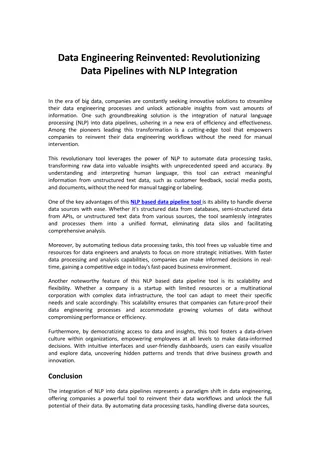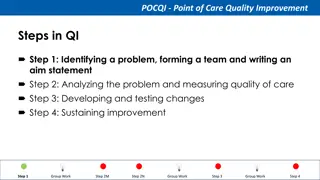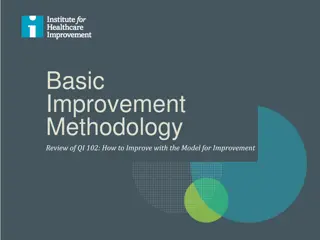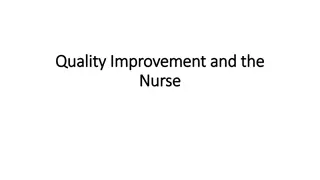Enhancing Healthcare Systems Through Data-Driven Improvement
The Model Health System offers data-driven insights to enhance patient outcomes and population health by identifying opportunities for improvement across care quality, productivity, and organizational culture. Through benchmarking and clinical improvement data, it supports systems in achieving better health outcomes. The focus remains on supporting Wellbeing Guardians and Boards, equipping managers with tools for health conversations, and deploying interventions for mental health. The development of the Wellbeing Compartment provides a balanced perspective on staff health perceptions and performance indicators.
Download Presentation

Please find below an Image/Link to download the presentation.
The content on the website is provided AS IS for your information and personal use only. It may not be sold, licensed, or shared on other websites without obtaining consent from the author.If you encounter any issues during the download, it is possible that the publisher has removed the file from their server.
You are allowed to download the files provided on this website for personal or commercial use, subject to the condition that they are used lawfully. All files are the property of their respective owners.
The content on the website is provided AS IS for your information and personal use only. It may not be sold, licensed, or shared on other websites without obtaining consent from the author.
E N D
Presentation Transcript
What is the Model Health System? The Model Health System is a data-driven improvement tool that supports health and care systems to improve patient outcomes and population health. It provides benchmarked insights across the quality of care, productivity and organisational culture to identify opportunities for improvement. The Model Health System incorporates the Model Hospital, which provides hospital provider-level benchmarking. Benchmarked data across specialties, providers and systems is available to all systems within the Model Health System Clinical improvement data, reflecting the GIRFT and RightCare programmes are all provided with the Model Health System and routinely updated. Opportunities for improvement are highlighted at system and provider level, in addition to highlighted metrics and measures Activity data, theatre productivity, diagnostics, workforce and medicines optimisation info are all provided The Model Health System will continue to iterate and reflect user-feedback regarding what s required to support systems through recovery and the pathways to better health programme Slide 2
How the Guardians fit into our HWB strategy Our focus is on three main areas in the coming year: We need to ensure Wellbeing Guardians and Boards are supported and champion health and wellbeing consistently within organisations the majority of large acute trusts, ambulance services, community and mental health trusts have appointed Guardians We need to equip line managers and teams with the tools they need take ownership of health and wellbeing and that supportive, compassionate, health and wellbeing conversations take place routinely we have produced guidance on conversations and are developing further training materials We need to continue to deploy evidence-based interventions on mental health that staff can access rapidly through mental health hubs; and have a focus on Occupational Health becoming an integral part of a preventive approach Slide 3
Why we developed the Wellbeing Compartment We wanted to provide Guardians and Boards with insights that could help give a baseline and an indication of priority areas Keen to develop a balanced approach that looked at both lead and lag indicators: Lead indicators look forwards and interventions are put in place upstream to make a difference Lag indicators look at what has happened For health and wellbeing there has been a tendency to look at lag indicators to assess performance sickness absence, for example However, if interventions are based on lag indicators organisations are less likely to get ahead of the curve in terms of putting in place preventive arrangements For the Wellbeing Compartment we wanted to provide organisations with a more balanced perspective in terms of how staff perceived their upstream, or lead indicator, performance as well as the more traditional downstream metrics Slide 4
What are the lead and lag indicators? The Thomas Ashton Institute, a collaboration between the Health and Safety Executive and the University of Manchester, have used existing data sources, such as the staff survey, to create six lead and lag indicators Psychological safety climate - lead positive indicator - My immediate manager takes a positive interest in my health & wellbeing Job Demands - lead negative indicator - vacancy rate, as a predictor of increased workload Job Resources - lead positive indicator - I am able to make improvements happen in my area of work Healthy work environment - lead positive indicator - My immediate manager values my work Stress / burnout symptoms - lag negative indicator - sickness absence rate Positive health & wellbeing / engagement - leading positive indicator - I look forward to going to work Slide 5
Things to bear in mind and other resources The data produced by the Model Health System provides an indicator There are issues to consider around the data, such as: When the sample was taken How many staff participated The important thing is to get behind what the data seems to be saying and determine an action plan It is helpful to do this in collaboration with staff and use existing platforms, such as staff networks or a health and wellbeing champions forum, to help drill down into the key issues and identify practical solutions You can use other tools to help you consider next steps, such as: The Health and Wellbeing Framework diagnostic tool The Civility and Respect tool And you can engage with other Guardians to find out what has worked for them Slide 6
Demo https://model.nhs.uk/ Slide 7
Homepage Slide 8
Headline Metrics Description of compartment content and future developments Click-through functionality to see 6 sub- compartments of data (above) or straight to a metric page (right) Slide 9
6 Themed Sub-Compartments Dynamic peer group function Click-through to metric page Click-through to interactive chart Slide 10
Each Metric has an Individual Page Click-through to interactive chart Metadata describing methodology, data source and how to interpret data shown. Slide 11
Interactive Charts - Variation Change chart type. Chart toggles allowing you to change the view and see data behind chart. Scroll over bars to see transparent information about results and who they relate to. Slide 12
Interactive Charts - SPC Slide 13
Interactive Charts - Scatter Slide 14
Find out more Register at model.nhs.uk Contact us help@model.nhs.uk Recent support videocasts model.nhs.uk/videos Methodologies explained bit.ly/ModelHospitalVideos Twitter: @modelnhs #ModelHospital Slide 15
